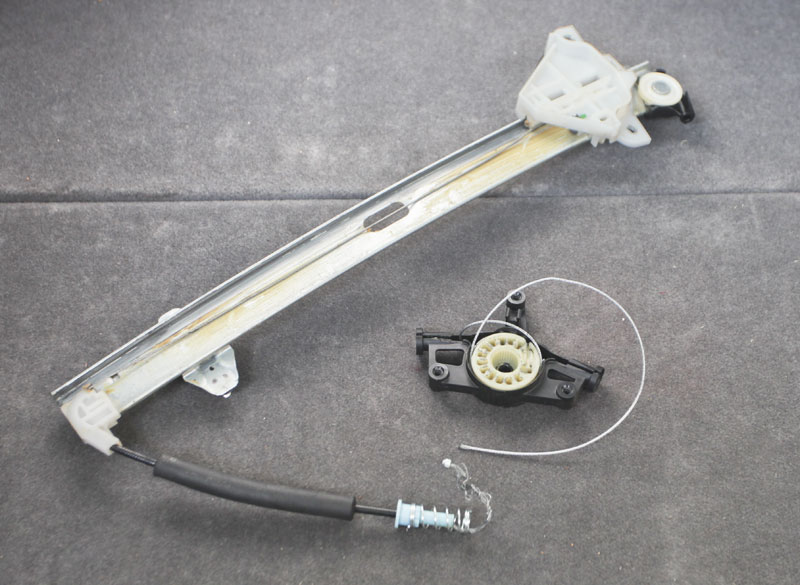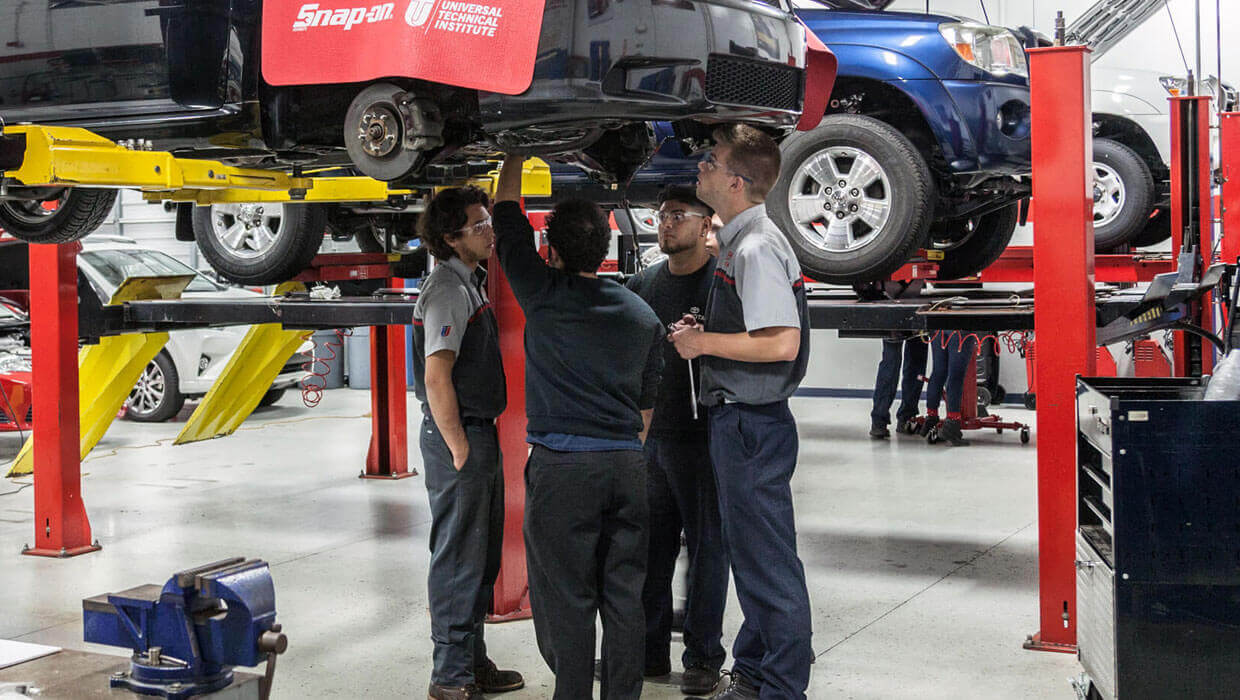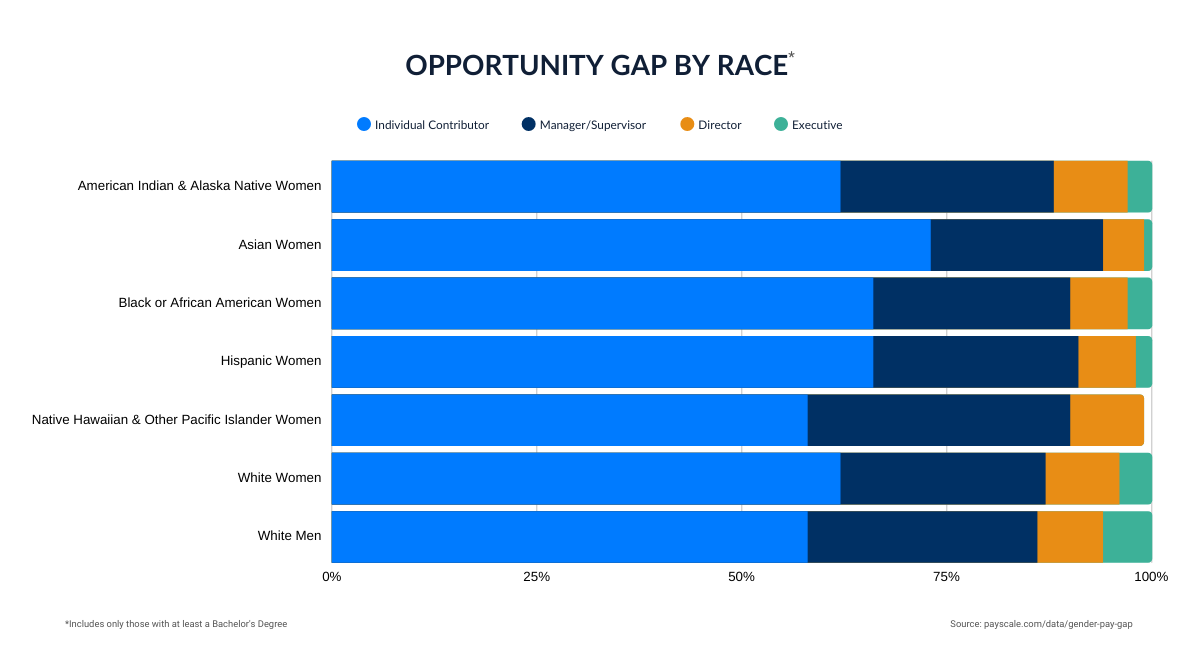
Why aren’t more Women choosing to pursue female-dominated careers? You might be surprised at the answer. It may surprise you that women are often less compensated, get fewer calls backs, and are more susceptible than men to automation. Read this article to learn more about the many reasons why. For a more complete understanding of the current state in female-dominated careers, read the entire article. Be prepared to change the way you see yourself. The more women who enter the field of work, it will become more diverse.
Women's work is undervalued
It is well-known that women's labor continues to be undervalued, and often underpaid, in both female-dominated professions and low-wage jobs. Public school teachers receive significantly lower salaries than their male counterparts. A lot of women are expected to work outside the home or in low-paying professions like farmwork or domestic help. Despite these difficulties, women's work is crucial to the economic well being of all American women, particularly those with children.
Research shows that women perform better at work than their male counterparts. They are more likely than their male counterparts to be allies for women of colour. However, most companies do little to value women's contributions. Companies could lose the key leaders needed to combat the pandemic without investing in gender diversity. As a result, they must prioritize diversity within their workforces. This is admirable but must be accompanied with action.

Women get less pay
Whether we're referring to the wage gap between male and female professionals or the differential in pay between men, women in female-dominated professions are generally paid less. These occupations tend to pay men less than women, and women are more likely choose to work in male-dominated positions to get higher wages. This is due to differences in pay and gender restrictions.
The pay gap between men and women does not correlate with the percentage of women in a given profession. Even women in traditionally male industries are at risk of being underpaid. These occupations have a total of ten women who work in them. However, the gap in pay is only one to five percent. However, this is still far from equality. These occupations still pay less to women than they do for men. The gender pay gap is also much greater than it is for men.
Women are more likely than men to be contacted.
During the hiring process, women are subject to more discrimination than men. This discrimination happens regardless of educational requirements and occupational class. It is much more common for female applicants to receive a callback in an interview than it is for male applicants. It is therefore more likely that women will be called back for jobs in female-dominated fields. There are a few possible explanations for this trend.
The gender identity hypothesis argues that individuals operate within the constraints imposed by society. Therefore, they may have diminished utility when they do not operate within the constraints of society. For example, deviants from gender roles may lose their identity when social prescriptions are applied to them. To minimize the impact that gender can have on hiring decisions, however, formal procedures should be used. Interview rubrics, for example, should weigh leadership skills and technical skills as well as alignment with company values.

Automation is more likely to affect women than men.
A recent study published by the Institute for Women's Policy Research suggests that women face a higher risk of losing their jobs to automation than men. The study revealed that women are more likely to work in jobs that have a high or medium risk of being automated than their male counterparts. This risk is based primarily on current technology and job titles. The following are jobs with moderate to high automation risks:
This is especially true in those jobs where women are less likely have higher education. Men tend to make higher salaries than women, while women are more likely work in high-risk positions like truck drivers or factory workers. These jobs are more susceptible to automation if they're part-time or not unionized. These jobs can be devastating for women. There are solutions to this problem.
FAQ
How long does an automotive course take?
An automotive course lasts for three years.
The first year is spent learning about cars and theory. The second year will be spent in practical training. Here you will learn how fix engines, drive and other mechanic jobs. You will spend the final year working in a local garage to gain real-world experience.
How long does it take you to become a great mechanic?
It takes years of practice and experience to become an expert mechanic. The best way to learn how to repair cars is by working under the supervision of a professional mechanic.
You will need to spend some time in a garage to learn as much about cars and mechanics as possible. It is important to get familiar with the mechanics of cars and engineering.
Auto school is also required.
It is important to get started early. Don't wait until you're older to begin studying automotive technology. Get started now if you are interested in becoming a mechanic.
Does it matter what college I go to?
Non, really. In terms of getting into the auto industry, there is no distinction between colleges. However, some schools offer better programs than others so if you're looking for something more specialized, look elsewhere.
Is being an auto mechanic a promising career choice?
Automotive is an exciting industry filled with opportunities for people who are committed to excellence. You can only succeed in this field if you work hard and learn from others.
You'll need to have excellent communication skills because you'll spend most of your time talking to customers and other employees. You should also be willing to travel and work long hours, making commuting difficult.
If you're interested in pursuing a career in automotive, consider taking classes at community colleges and universities. Many schools offer programs specific to students interested in sales, auto repair, or customer service.
You should choose to study mechanical engineering if you want to get a degree. It is possible to earn a bachelor’s degree in only four years.
Many companies will hire students straight out of college. So, it is wise to begin searching for employment while you are still able to study part time.
After you complete your education, you may need to undergo some type of training before you can become an automotive technician.
This means that you will need to pass tests such as the Automotive Excellence (ASE) certification exam. This test covers topics such engine maintenance as brakes, steering, suspension, etc.
After passing the ASE test you can apply for a National Institute for Automotive Service Excellence (NIASE) license.
You can perform repairs on private cars by obtaining a license. Based on the services rendered, you will receive compensation.
It is important to remember that not all states require licensing. You will need a license if you want to work in a different state.
Some states don’t issue licenses until a certain amount has been completed. If this applies to you, then you may need to find another option.
Statistics
- The U.S. Bureau of Labor Statistics (BLS) reports that the job outlook for automotive service technicians and mechanics is expected to decline by 4% from 2019 to 2029. (indeed.com)
- According to the BLS, total auto technician employment is expected to exceed 705,000 by 2030. (uti.edu)
- According to the BLS, the median annual salary for automotive service technicians and mechanics in the United States was $44,050 in May 2020. (uti.edu)
External Links
How To
How to properly diagnose and repair your vehicle
You should first examine the symptoms your car is showing to determine if it requires repairs. These steps will help you diagnose your car properly.
-
Check engine lights. You should inspect the dashboard lights, such as the engine light indicator and the oil pressure gauge. Also, check the battery light indicator. If any of these indicators have been flashing continuously for several days it could mean that there is something wrong with your vehicle.
-
Take a look at the treads. If the tires are worn out, they could cause problems with handling and braking. Also, inspect the treads of your wheels. They should be clean, and they should be smooth. This can be done by removing the wheels from the vehicle and taking them off. You can check the tread wear with a flashlight.
-
Pay attention to the level of your brake fluid. It is important to keep track of how much brake fluid you have in your car. This ensures that your brakes work properly. Low brake fluid levels could cause your brakes to fail when you apply pressure.
-
The suspension system should be tested. It is common for vehicles to have a suspension system which absorbs shocks or vibrations. It improves control and allows for smoother accelerations or decelerations. It might feel uncontrollable or wobbly if your vehicle is suffering from a suspension problem. To test whether your vehicle has a suspension issue, try putting weight on the front or rear axle and observe the movement.
-
Examine your steering column. The steering column is used to link the steering wheel with the rest of vehicle's components. Many accidents can cause damage to steering columns. It is recommended to replace any steering column that feels loose, or shakey.
-
Observe the exhaust pipe. The exhaust pipe helps move gases from a combustion chamber into the atmosphere. If your exhaust pipe leaks or cracks, it will allow harmful fumes into your cabin. It is also important to repair any bends in your tailpipe immediately.
-
Check under the hood. If you see anything unusual, take a look under the hood. There could be fluid leaking from your engine. Also, professional technicians should be called if you detect an unusual smell coming out of your engine compartment.
-
You should inspect your air filter. The vehicle's outside environment may cause the air filter to collect dust and debris. Dirty air filters can cause your vehicle to run poorly. Replace your air filter regularly.
-
Make sure you check the fan belt. Your vehicle's fanbel is what connects the engine and the transmission. If it breaks, the engine won't turn over. Replacing the belt is simple. All you need is a screwdriver and some pliers.
-
Verify the radiator hoses. The radiator hose is used to carry water from the radiator to your engine. It can crack or become damaged and leak hot liquid onto an engine. The hose can be repaired with a pair or needle-nosepliers, and a wire brush.
-
Check the windshield wipers. Windshield wipers use electricity to remove snow and rain. If they stop working, they could leave streaks on your window glass. The solution is to change the washer fluid.
-
You should inspect the cables. Batteries provide power to electrical systems inside your car. Make sure you disconnect the negative cable before replacing batteries. Failure to do so can damage your alternator.
-
You should check the headlights. The headlights provide illumination for the road ahead. They can make it difficult to see if they stop working. Inspect the bulbs for signs of burnt out.
-
Check the lights. Lights warn other drivers when you approach them at night. It could cause distraction and even lead to an accident if it doesn't work.
-
Check the brakes. Brakes slow down your vehicle before a collision. You may lose control of your vehicle and crash if the brakes don't function properly.
-
Check the oil regularly. Oil keeps your engine lubricated. This oil helps to prevent metal parts becoming too worn out. It is recommended that you change your oil at least once per month.